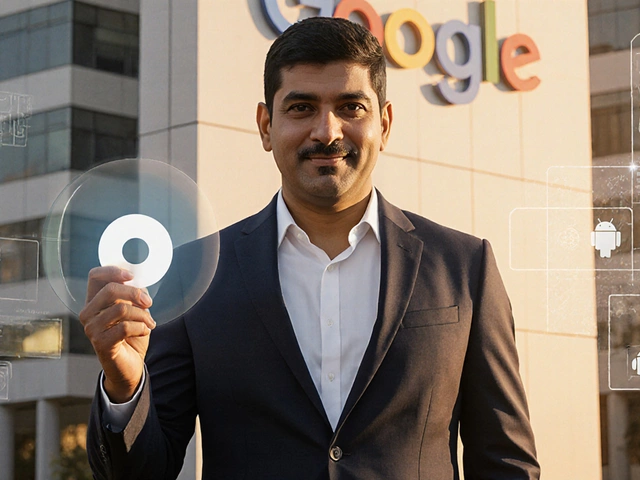eLearning Models: What Works, What Doesn’t, and Which One Fits You
When you hear eLearning models, structured ways people learn online using technology. Also known as online learning formats, it isn’t just about watching videos or clicking through slides. It’s about how your brain absorbs information when you’re not in a classroom. The three main types—synchronous eLearning, asynchronous eLearning, and blended learning—each serve different goals, schedules, and learning styles. Pick the wrong one, and you’ll waste hours. Pick the right one, and you’ll learn faster than in a traditional course.
Synchronous eLearning means learning live—think Zoom classes, real-time webinars, or virtual labs where everyone shows up at the same time. It’s great if you need structure, instant feedback, or accountability. But if you work nights, care for kids, or live in a different time zone, it can feel like a trap. Asynchronous eLearning flips that: you learn on your clock. Watch a lecture at 2 a.m., finish a quiz during lunch, review notes on the bus. It’s the backbone of most high-value online courses today—like the ones that lead to certifications in nuclear medicine, coding, or data analysis. Then there’s blended learning, which mixes both. You might watch videos alone, then join weekly live discussions or labs. This is what top universities and government training programs use because it balances flexibility with interaction.
What’s interesting is how these models connect to real outcomes. The highest-paying online courses—like those in air traffic control or radiation therapy—often use blended learning because hands-on practice matters. Meanwhile, people learning English or coding from home usually start with asynchronous tools because they can repeat lessons, pause, and go at their own pace. And if you’re prepping for a government job interview? You’ll likely face a mix: self-paced study for the written exam, then live mock interviews. There’s no one-size-fits-all. Your best model depends on your life, your goals, and how you learn best. Below, you’ll find real stories from people who used these models to land better jobs, switch careers, or pass tough exams. No theory. Just what worked.
- By Nolan Blackburn
- /
- 4 May 2025
eLearning Models: The 5 Essentials You Need to Know
Trying to make sense of online learning? This article breaks down the five main eLearning models you'll see across modern platforms. Get clear, real-life examples and the pros and cons of each approach. Figure out which model might fit your learning style or teaching needs. You'll pick up practical tips to get more out of any eLearning set-up. No jargon—just straightforward guidance.





